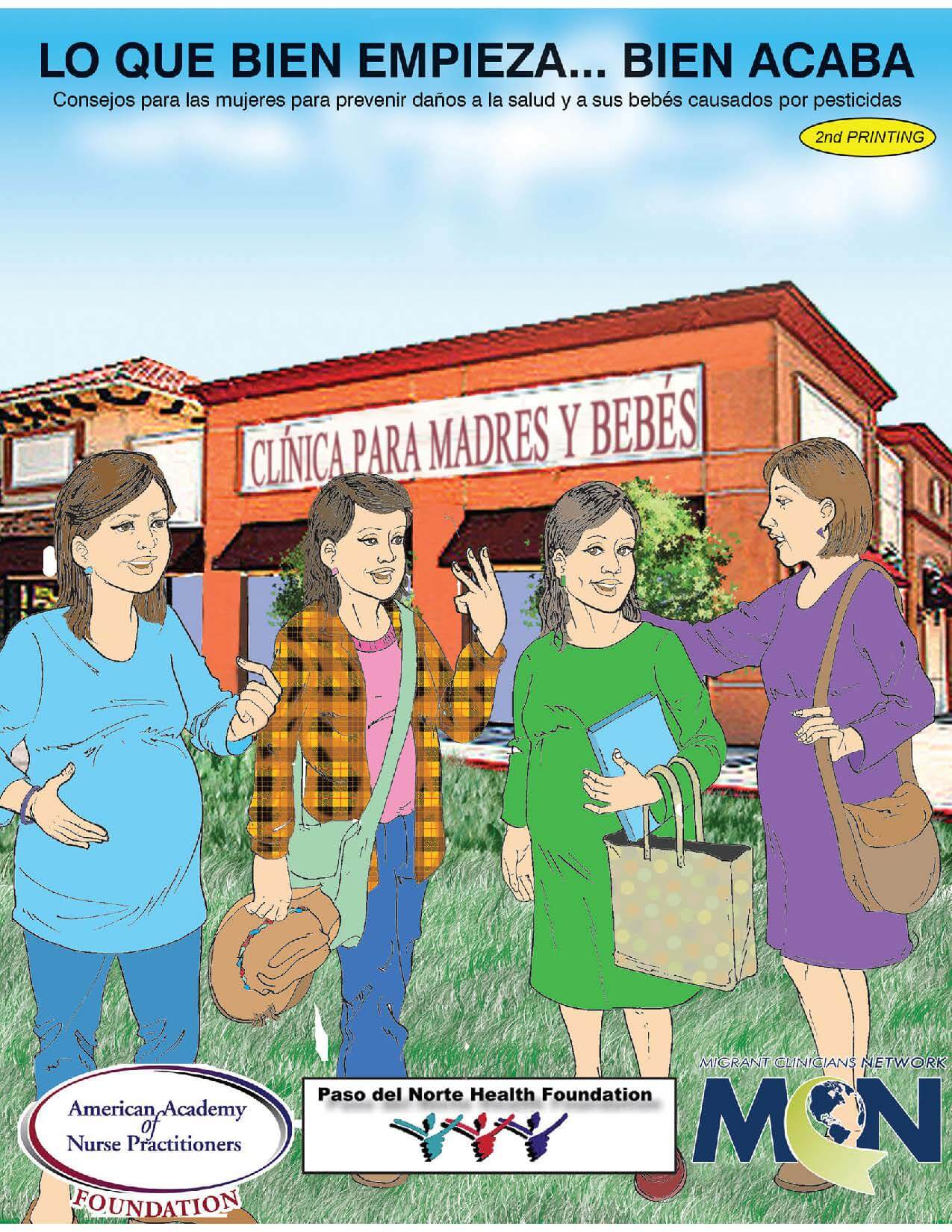CDC’s US-Mexico Unit (USMU) works to prevent the spread of infectious disease across borders and improve and promote the health of travelers, migrants, and other mobile border and binational populations. USMU’s main activities include collaborating on the US-Mexico Binational Technical Working Group, overseeing the operation of the Binational Border Infectious Disease Surveillance Program (BIDS), migrant health and binational tuberculosis programs, and international regulatory responsibilities. Their website on US-Mexico health provides a brief overview of the public health issues unique to the border region, our key partners, the guidelines for cooperation, and a resources page complete with health education/communication resources and publications.
To learn more, please visit http://www.cdc.gov/USMexicoHealth/index.html and check back for updates and a Spanish mirror site which should launch this summer.
